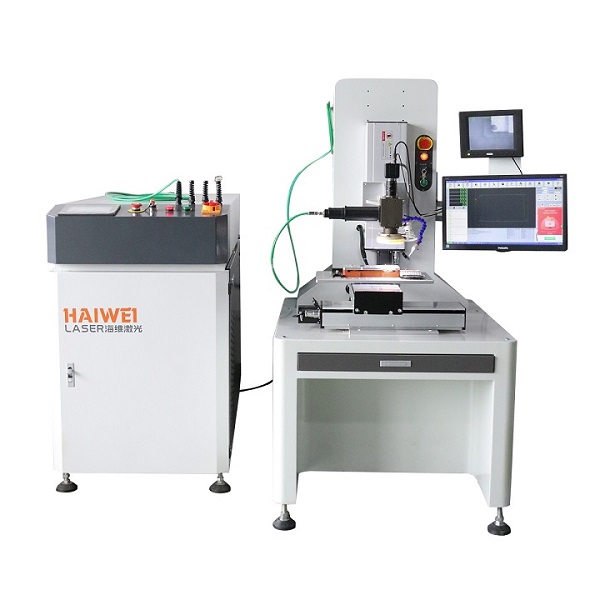What parameters affect the welding effect of laser welding machine?
The quality of laser welding results depends on precisely tuned parameters. Understanding how each factor interacts is essential for maximizing weld strength and precision. Here’s a breakdown of the key variables that shape laser welding outcomes and actionable ways to optimize them.

Power Settings: Balancing Strength and Precision
The power setting of a laser welding machine directly impacts the depth and width of the weld. Higher power can penetrate thicker materials but may also cause excessive heat, leading to distortion or material degradation. Conversely, lower power settings are ideal for thin materials but might not provide sufficient penetration for thicker sections.
Best Practices:
Adjust power based on material thickness and type.
Use pulse mode for fine control over energy distribution, especially in delicate applications.
Beam Focus and Spot Size: Achieving Optimal Penetration
The focus of the laser beam and its spot size are critical for determining the precision and strength of the weld. A smaller spot size allows for finer detail and deeper penetration, whereas a larger spot size spreads the energy over a wider area, suitable for broader joints.
Tips for Optimization:
Fine-tune the focal length to match the specific requirements of your project.
Consider using adaptive optics for dynamic adjustment during the welding process.
Welding Speed: Efficiency vs. Quality Trade-off
Welding speed influences both productivity and the quality of the weld. Moving too slowly can result in overheating and material deformation, while moving too quickly may lead to insufficient fusion and weak joints.
Strategies for Improvement:
Determine an optimal speed that balances throughput with the desired weld quality.
Implement automated systems to maintain consistent speeds across production runs.
Material Properties: Adapting to Different Substrates
Different materials react differently to laser energy. Factors such as thermal conductivity, reflectivity, and melting point must be considered when adjusting the laser welding machine parameters.
Material-Specific Adjustments:
For highly reflective metals like aluminum, use higher power densities to overcome surface reflection.
For materials prone to cracking under rapid cooling, consider preheating strategies.
Gas Supply: Protecting the Weld Pool
Using the right shielding gas is essential for protecting the molten metal from atmospheric contamination. Inert gases like argon and helium prevent oxidation and ensure cleaner, stronger welds.
Choosing the Right Gas:
Argon is preferred for its cost-effectiveness and ability to shield most metals effectively.
Helium may be necessary for high-speed welding or materials requiring higher heat input.
Monitoring and Control Systems: Ensuring Consistency
Advanced monitoring systems enable real-time adjustments and data logging, which are invaluable for maintaining consistency and diagnosing issues promptly.
Enhancing Weld Quality Through Technology:
Invest in systems with built-in sensors for monitoring key parameters like temperature and power output.
Utilize software that supports predictive maintenance to reduce downtime.
Achieving superior laser welding effects requires careful consideration of various parameters. By understanding how power settings, beam focus, welding speed, material properties, gas supply, and control systems interact, you can tailor your laser welding process to meet specific needs. For those looking to invest in a laser welding machine, selecting equipment that offers flexibility and precision will pay dividends in terms of weld quality and operational efficiency. Always consult with experienced suppliers who can guide you through these technical aspects and help optimize your setup for maximum performance.
Recent Posts
- What are the advantages of laser welding machines in lithium battery pack production lines?
- What issues should be noted when choosing a lithium battery pack production line?
- Quality Inspection and Control of Lithium Battery Module Pack Production Line
- Cell grouping and sorting process in lithium battery module pack production line
- What are the safety hazards of lithium battery pack production lines and how can they be prevented?
INQUIRY

